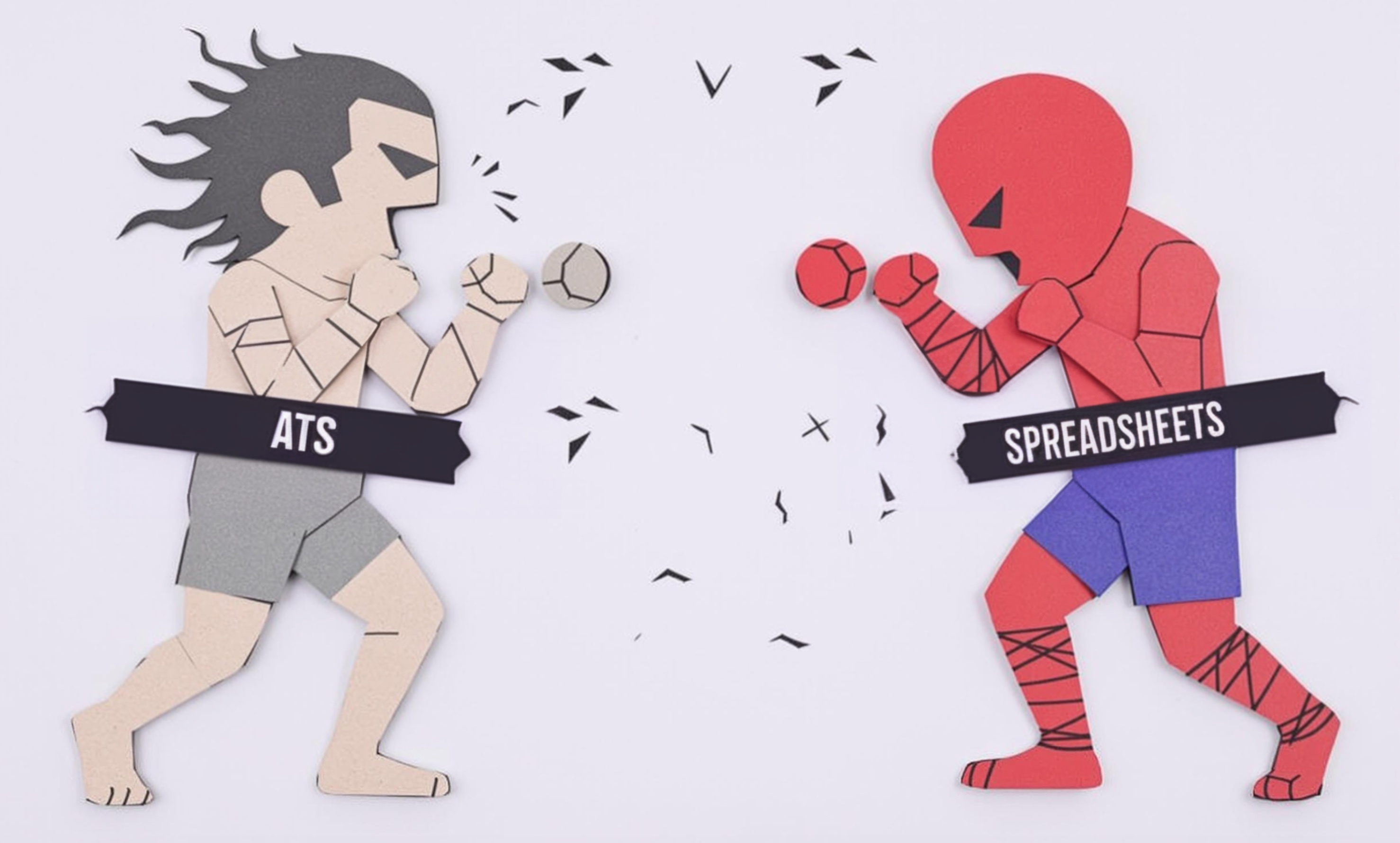
Standard Deviation
Standard Deviation is a basic but important way to measure how spread out numbers are in a set of data. Think of it like measuring how consistent or variable your data is. For example, if you're looking at sales numbers, employee performance scores, or customer satisfaction ratings, Standard Deviation tells you whether these numbers tend to be very similar or very different from each other. Analysts and researchers use this to understand patterns, spot unusual trends, and make better business decisions. It's similar to other measurement tools like variance or range, but Standard Deviation is the most commonly used in business settings.
Examples in Resumes
Used Standard Deviation analysis to identify unusual patterns in customer behavior
Applied Standard Deviation and Statistical Analysis to improve quality control measures
Reduced product defects by 30% through Standard Deviation monitoring of production processes
Typical job title: "Data Analysts"
Also try searching for:
Where to Find Data Analysts
Online Communities
Professional Networks
Job Boards
Example Interview Questions
Senior Level Questions
Q: How would you explain Standard Deviation to a non-technical stakeholder?
Expected Answer: Look for answers that use simple analogies and real business examples, showing ability to communicate complex concepts to different audiences. They should explain it in terms of business value and decision-making.
Q: When would Standard Deviation not be the best measure to use in analysis?
Expected Answer: Should demonstrate knowledge of different analytical tools and when to use them, explaining limitations of Standard Deviation with real business examples.
Mid Level Questions
Q: How have you used Standard Deviation in your previous work to solve a business problem?
Expected Answer: Should provide specific examples of applying Standard Deviation in practical situations, showing how it led to business improvements or insights.
Q: What tools do you use to calculate and visualize Standard Deviation?
Expected Answer: Should mention common business tools like Excel, statistical software, or visualization tools, and explain how they use them effectively.
Junior Level Questions
Q: What is Standard Deviation and why is it useful?
Expected Answer: Should be able to explain the basic concept in simple terms and give examples of when it's useful in business situations.
Q: How would you identify outliers using Standard Deviation?
Expected Answer: Should demonstrate basic understanding of how Standard Deviation helps identify unusual values in data sets.
Experience Level Indicators
Junior (0-2 years)
- Basic statistical calculations
- Data collection and cleaning
- Simple data analysis using Excel
- Basic reporting and visualization
Mid (2-5 years)
- Advanced statistical analysis
- Data interpretation and presentation
- Multiple analysis tool proficiency
- Business impact analysis
Senior (5+ years)
- Complex statistical modeling
- Strategic data analysis
- Team leadership and mentoring
- Stakeholder communication
Red Flags to Watch For
- Unable to explain Standard Deviation in simple terms
- No experience with basic statistical software or tools
- Lack of real-world application examples
- Poor data interpretation skills
- Unable to connect analysis to business value
Related Terms
Need more hiring wisdom? Check these out...

Unlocking the Competitive Edge: Benchmarking Your Talent Acquisition Metrics

Virtual Reality in Certification Exams: How VR is Transforming Specialized Training

Automated Scorecards in ATS Systems: Your Secret Weapon for Smarter Hiring Decisions

